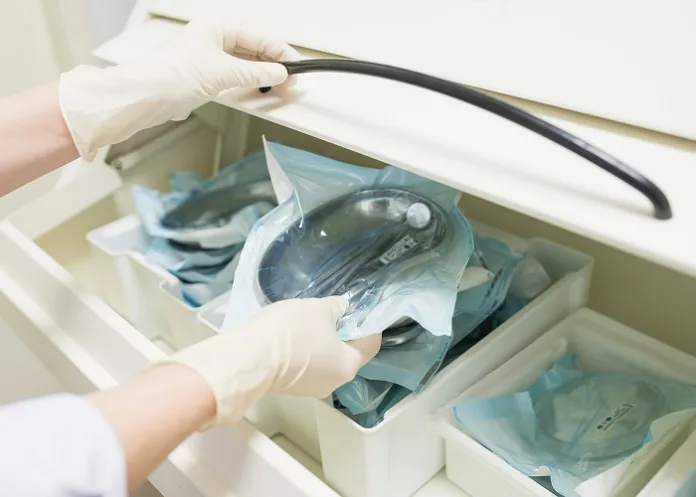A decision by the US Environmental Protection Agency (EPA) to set more stringent limits on a chemical used to sterilise medical equipment, after a higher-than-expected cancer risk at facilities using ethylene oxide to clean devices like catheters and syringes, is “long overdue” say experts.
Last week’s ruling will slash ethylene oxide emissions by about 90% by targeting nearly 90 commercial sterilisation facilities countrywide. The companies will also have to test for the antimicrobial chemical in the air and ensure their pollution controls are working properly.
The new rule will “safeguard public health from this pollution – including the health of children, who are particularly vulnerable to carcinogens early in life”, said EPA administrator Michael Regan.
Darya Minovi, a senior research analyst with the Union of Concerned Scientists, told TIME the EPA action was overdue.
“For far too long, communities across the country have been exposed to the cancer-causing ethylene oxide,” she said.
“Politically powerful industries sought to weaken the rule’s health-protective standards, but the public health benefits that will be afforded to communities through this action are a testament to the efforts of grassroots advocates and public health experts who didn’t let up in their demands,” she added.
The tightened safeguards are driven by the EPA’s better understanding that ethylene oxide’s threat is severe, Regan said.
The chemical is classified as a pesticide. A worker in a medical sterilising plant, over the course of a career, could see their risk shoot up by as much as one extra case of cancer for every 10 people exposed. The EPA’s generally acceptable increase in lifetime cancer risk is one in 10 000.
Ethylene oxide is a gas used to sterilise roughly half of all medical devices and is also used to ensure the safety of certain spices and other food products. It is used to clean everything from catheters and syringes to pacemakers and plastic surgical gowns.
Brief exposure isn’t considered a danger, but breathing it long term elevates the risk of breast cancer and lymphoma, the EPA said.
In 2016, the agency updated its assessment of ethylene oxide’s danger based on information about exposed workers at sterilising facilities, finding the chemical was many times more threatening than previously known.
Analysis released by the agency two years later found that the cancer risk was too high near some medical sterilisation plants and other facilities that release ethylene oxide.
In 2022, the EPA laid out the risk faced by residents living near medical sterilisation facilities. While many of these plants reduced ethylene oxide emissions in recent years, those that haven’t must now meet stricter requirements, the EPA said.
Health and Human Services Secretary Xavier Becerra hailed the rule as a victory for workers and fence-line communities facing ongoing dangers from ethylene oxide pollution.
Scott Whitaker, president and CEO of the Advanced Medical Technology Association, said medical sterilisers provide a vital service and many devices can’t be sterilised by another method.
The industry group appreciated EPA’s update and would be reviewing the rule, Whitaker said.
He was hopeful that the rule “will not have a negative impact on the healthcare system or the patients we serve”.
See more from MedicalBrief archives:
Millions of lives sacrificed for corporate greed and profits – Lancet

